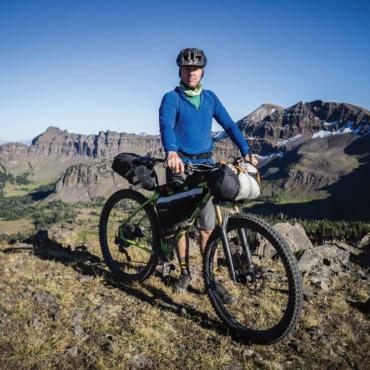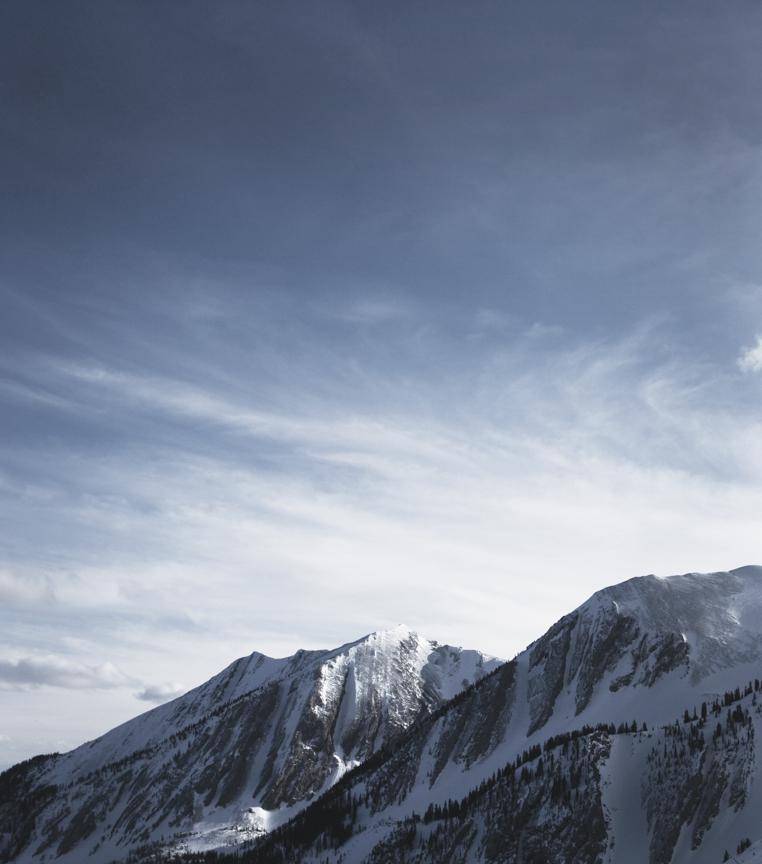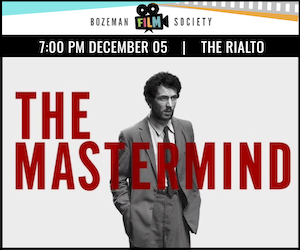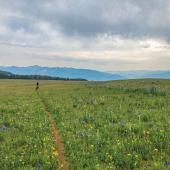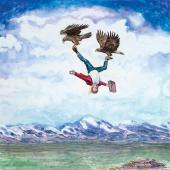Borrowed Time
Mountains have a way of dealing with overconfidence. –Hermann Buhl
The decision had been made: we were turning back. A careful examination of the snowpack told us to call it a day. We were being cautious, not letting the desire to summit and ski influence our decision-making. The sirens of fresh snow and perfect lines had been ignored. But it was too late—no sooner did we speak the words and the hillside came down.
I started yelling his name before realizing our friend was right in front of us, under six feet of snow. We got him out alright, because of practice or just plain luck, but that scene remains: a split second—just an instant—when a seemingly benign sheet of white broke apart, turned into a moving jigsaw puzzle, and swallowed our ski partner. The shattered hillside and the near-loss of a good friend are forever burned in my mind.
It starts with a moment. When you’re nearing the trailhead and white peaks fill the sky. It’s magical, and this is surely what keeps so many of us in this place, what keeps so many coming back. Elated, we peer into an amazing world that we’re somehow allowed to visit.
And it’s at that moment that judgment begins to cloud. All the signs, the repeated indicators of danger, blow past like drifting snow. You’re here to do something great, to embrace the magic—and the end result is all that matters. You become overconfident in your capabilities and in the level of control you have over fate.
This issue of Outside Bozeman explores winter’s unsavory side, from a harrowing near-death experience to a profile of Bozeman’s preeminent avy-science practitioner. The lesson to take away is this: avalanches happen, and while avoiding one is up to you, surviving one is pure luck. Perhaps the survivors are better for the experience, but only by a thin margin. For every story of survival, there is another that someone wasn’t able to write.
To avoid risk altogether would be to stagnate—nobody’s suggesting we all stay home or turn back at each uncertainty. To achieve, to progress, to triumph, some amount of risk is inevitable; we accept that each time we go out. Our lives are defined by moments when we said yes and pointed the skis downhill—literally or figuratively. It’s knowing when the time is right that makes all the difference.
So when you head outside this season, consider the consequences. Don’t just pass them through your mind feigning precaution. Really think. Be rational about each new step and decision along the way—it all deserves examination. It doesn’t matter if this is your first time or your hundredth; the risks are the same and there is always writing on the wall.
Above all, remember that the best part of the day is not the first turn, when snow envelops your body and you float downhill like a leaf falling from a tree. It’s not the wind tugging at your jacket as you glide out the bottom of a line. The best moment is when you arrive back at the trailhead with all of that behind you—tired and hungry—because everything that happened in between was on borrowed time.


